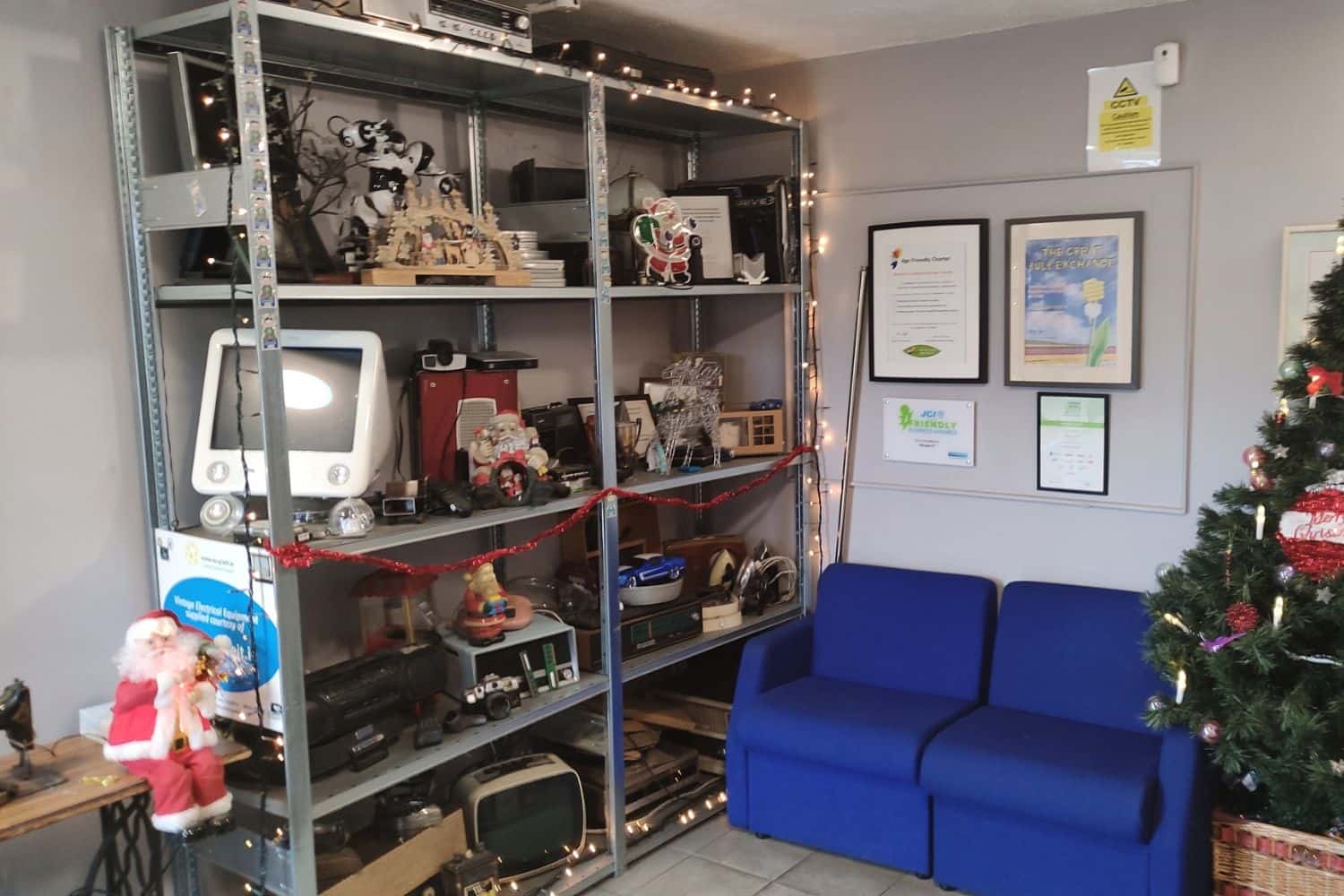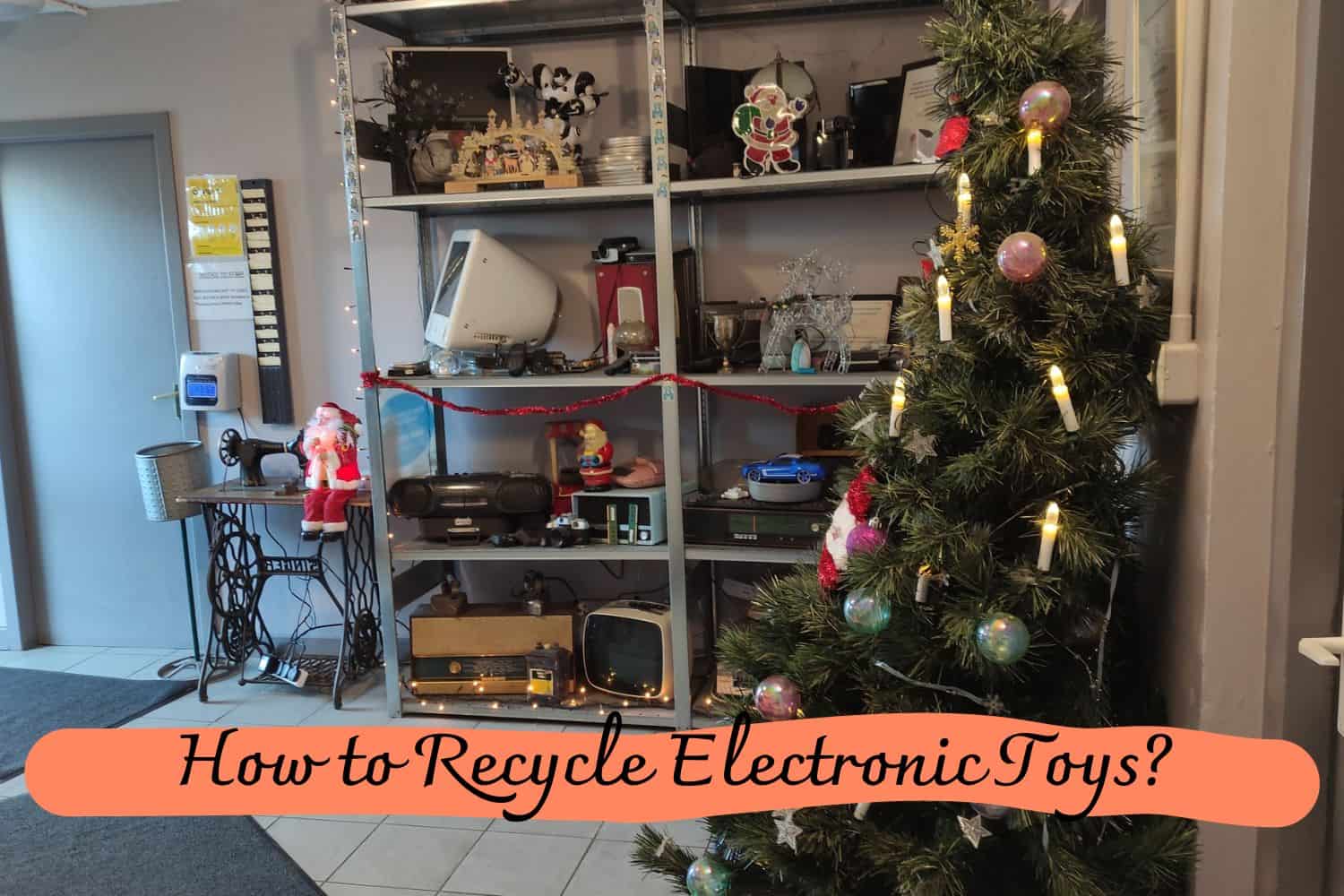Learn how to recycle electronic toys in a way that is eco-friendly, safe, and responsible. Discover the various options available for safely disposing of old toys as well as tips on how to reduce your environmental footprint when buying new ones!
How to Recycle Electronic Toys
Are you struggling with what to do with your kids’ electronic toys when they are no longer in circulation? It can be difficult to figure out how to recycle electronic toys, as many of these items contain toxic materials and need specific handling.
Not only is recycling dangerous electronic toys the right thing for our environment but also prevents hazardous toxins from leaching into our water supply.
In this blog post, we’ll discuss why it’s important to properly dispose of electronic waste and provide steps on how to safely recycle your old toys.
We’ll explore which products are suitable for recycling centers or donation programs before examining methods for breaking down electronics into parts.
You will then find information on who to contact to get rid of any hazardous materials responsibly and why it is so critical that we take extra care when disposing of such products.
So, if you’re looking for a more eco-friendly way to keep up-to-date with the latest trends without negatively impacting the planet, keep reading!
Basics of Recycling Electronic Toys
The first step in safely recycling electronic toys is to understand what materials they are made of.
Electronic toys often contain a variety of components, including plastic, metal, and batteries, which require specialized handling and processing.
Some toys may also have hazardous materials such as lead or mercury, which cannot be disposed of in regular trash bins.
Therefore, it’s essential to properly disassemble and separate the different parts of your electronic toys before recycling them.
This ensures that the materials can be properly processed and reused without causing harm to our environment.
The Goal of Recycling Electronic Toys

The primary goal of recycling electronic toys is to reduce the amount of electronic waste that ends up in landfills.
Electronic waste, or e-waste, is one of the fastest-growing types of waste globally and has a significant impact on our environment.
When disposed of improperly, electronic toys can release harmful toxins into the soil and water, posing a threat to both human health and the environment.
Recycling also helps conserve natural resources by reusing valuable materials from old toys rather than extracting new ones from the earth.
Moreover, recycling electronic toys reduces energy consumption, as it takes less energy to recycle materials than to produce them from scratch.
How to Recycle Electronic Toys?
When it comes to recycling electronic toys, there are a few things to keep in mind. Most electronic toys are made of a combination of metal and plastic, making the recycling process a bit tricky.
If your electronic toys are still in good working order, the best option is to donate them. By doing so, you can ensure that they will continue to bring joy to other children. However, if the toys are broken or damaged beyond repair, recycling is the next best choice – but throwing them in your residential bin won’t cut it.
To properly recycle electronic toys, start by checking with the toy manufacturer. They might offer a recycling program for their products. If that’s not an option, you can safely separate the batteries, plastic, metal, and electronic components. Dispose of them separately, making sure to handle them safely.
For the electronic components, reach out to a local electronics recycler to see if they accept these items. By doing so, you’ll be playing your part in responsible disposal and helping to protect the environment.
Tips for Reducing Environmental Footprint When Buying Electronic Toys
While properly disposing of old electronic toys is crucial, it’s equally important to consider ways to reduce our environmental impact when buying new ones. Here are some tips to help you make more sustainable choices:
- Choose electronic toys made from eco-friendly materials, such as recycled plastic or wood.
- Look for energy-efficient and rechargeable options to reduce battery waste.
- Avoid purchasing toys with excessive packaging that will quickly end up in the trash.
- Consider opting for used or second-hand electronic toys instead of buying brand-new ones.
- When possible, support brands that have sustainable production practices and prioritize environmental responsibility.
Conclusion
In conclusion, recycling electronic toys is critical for protecting our planet and reducing our impact on the environment.
By understanding the basics of electronic toy recycling, setting recycling goals, and knowing how to dispose of old toys properly, we can all play a part in creating a more sustainable future.
Remember to also consider ways to reduce your environmental footprint when buying new electronic toys, and together we can make a positive difference for generations to come. So let’s do our part and recycle those old electronic toys today! Keep the planet happy and healthy for our children to enjoy tomorrow! Happy recycling!
Thanks for reading our article How to Recycle Electronic Toys. If you want to know more information, visit our website here.
Read more:
Recycling Mystery: Children’s Toys
Why Electronic Toys Are Bad for Kids?

